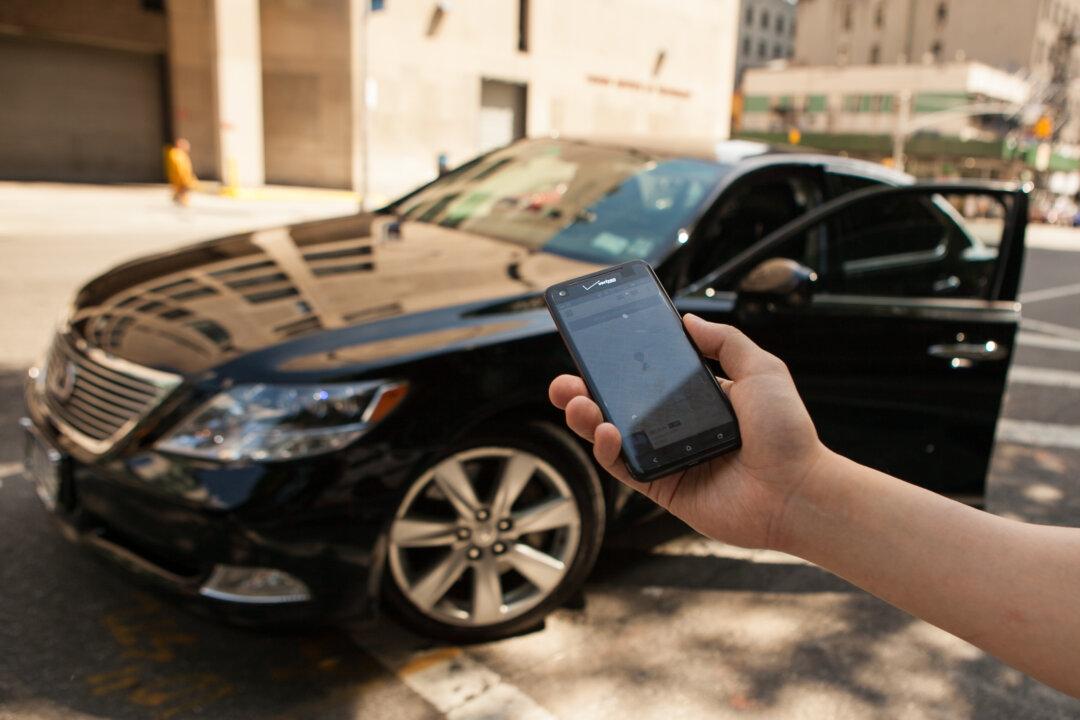Uber has entered an economic development partnership with the University of Arizona to develop the company’s mapping test-vehicles, making it the latest step in Uber’s efforts to shore up its logistics technology.
“Our achievements in advanced optics and imaging technologies in particular will help Uber on the ground in Arizona,” said UA President Ann Weaver Hart in a statement.
The ride-sharing titan has been trying to wean itself off Google’s mapping technology in recent months. Its only two public acquisitions have been the deCarta mapping company in March and parts of Bing maps, along with 100 employees, from Microsoft in June. Over the summer, Uber also poached Google’s head of maps to manage its self-driving research lab in Pittsburgh, and made a failed $3 billion-plus bid for Here, Nokia’s cloud-based mapping service.





